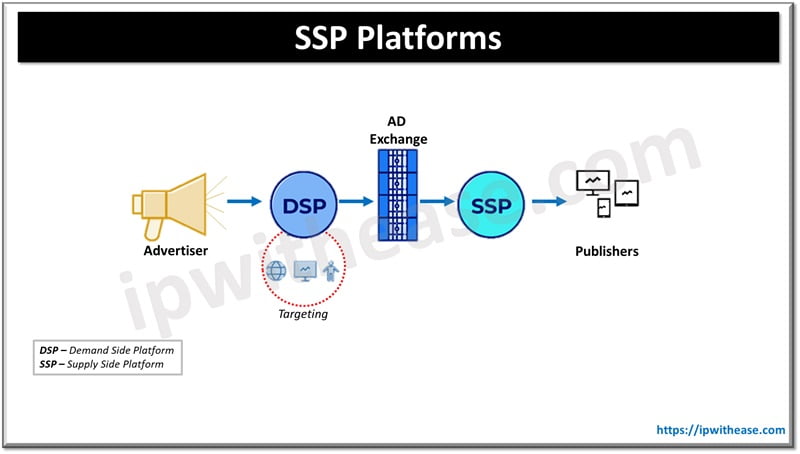Table of Contents
Search Engine Optimization, commonly known as SEO, refers to the practice of optimizing websites and online content to improve their visibility in search engine results. The ultimate goal of SEO is to attract organic, relevant traffic to websites, thereby increasing their chances of converting visitors into customers.
SEO is incredibly important for digital marketing. With billions of online searches performed daily, search engines have become primary gatekeepers to information, products, and services. Effective SEO practices ensure that businesses and organizations are discovered by their target audience when they actively seek related solutions.
This visibility directly impacts brand exposure, lead generation, and ultimately, business success in the digital realm.
Basics
SEO is incredibly expansive, but there are two main types of search engine optimization techniques, including the on-page and off-page methods.
On-Page Optimization
This sort of optimization is central to the entire SEO process user experience, which addresses the performance of your webpages, which are really the main component of your online business. Key components of on-page optimization include:
- Consider conducting keyword research to find the words that resonate with your target audience. Group keywords in a way that suits your goals, including meta tags, headers, and URLs helps search engines understand your content’s relevance to specific search queries.
- Crafting valuable, informative, and engaging content that fulfills the needs of your target audience. Well-optimized content attracts organic traffic, encourages user engagement, and enhances the overall authority of your website.
- Crafting compelling meta titles and descriptions that accurately represent your content and entice users to click through. Organizing content with proper header tags (H1, H2, etc.) enhances readability and improves search engine understanding. Additionally, crafting SEO-friendly URLs aids in conveying the content’s context to search engines.
- You should make the user experience more comfortable with easy navigation, fast page loading times, and mobile responsiveness. A well-structured website that prioritizes user-friendliness enhances user satisfaction and contributes to higher search engine rankings.
On-page optimization will likely be your first step in SEO, and it’s better to start with these instruments. You can interact directly with many of these elements and see what your work came to.
Off-Page Optimization
Off-page SEO complements on-page efforts and involves activities conducted outside the website to increase its online reputation and authority. Key off-page SEO techniques include:
- Acquiring authoritative and relevant backlinks from reputable websites signals search engines about your website’s credibility and trustworthiness.
- Using social media platforms to promote content, engage with the audience, and amplify your online presence. Social signals, such as likes and shares, indirectly influence search engine rankings.
- Monitoring and managing your online reputation through reviews, testimonials, and customer feedback is important. Positive online sentiment and brand mentions contribute to higher brand authority and visibility in search results.
After you’ve done optimizing your pages, you can go ahead and address the off-page instruments. These aren’t any less significant, but it’s just logical.
Technical SEO
Website Speed and Performance Optimization
Website speed is a critical factor in SEO and user experience. Optimizing loading times improves your website’s efficiency, reduces bounce rates, and enhances search engine rankings. There are several methods you can use to boost the speed of your website:
- Compress images and files to reduce the page size.
- Use browser caching to store frequently accessed resources locally.
- Minimize server response times by choosing reliable hosting services.
Mobile-Friendliness
It’s now impossible to create a website and neglect its mobile form because it’s more likely that a person who stumbles onto your webpage will do it through a mobile device. It means that you should absolutely make your website comfortable for such users. Here are some of these benefits:
- Higher mobile search rankings by search engines like Google.
- Enhanced user experience, leading to increased engagement and conversions.
- Wider reach, as mobile users can easily access and navigate your content.
Crawlability and Indexing
Search engines use crawlers to discover and index web pages. It helps immensely with the visibility of your pages, which means you should accommodate them for better indexing and crawlability.
There are several key steps you can undertake to improve this aspect of SEO:
- Create a robots.txt file to guide crawlers and exclude irrelevant pages.
- Generate an XML sitemap to help search engines find and index your website’s pages efficiently.
- Fix broken links and ensure a clear website structure for smooth navigation.
By optimizing technical SEO, you strengthen the foundation of your website, making it more accessible and user-friendly. This not only improves search engine rankings but also contributes to a positive user experience, ultimately driving more traffic and conversions.
Summary
SEO plays a central role in driving online visibility and growth, which explains its importance for digital marketing. In modern times, you can’t really do anything without this mechanism. It’s now so interwoven into the fabric of your web pages that it’s impossible to not address it.
Proper SEO techniques can seriously transform a largely obscure webpage into a readily visible place with streams of constant visitors. You do need to approach this subject carefully because it can be hard to implement SEO methods properly. A lot of research, test, and trial goes into them.
Continue Reading:
10 Best SEO Tools You Can Use to Get an Edge On Competition
10 Best Digital Marketing Tools
ABOUT THE AUTHOR
IPwithease is aimed at sharing knowledge across varied domains like Network, Security, Virtualization, Software, Wireless, etc.



